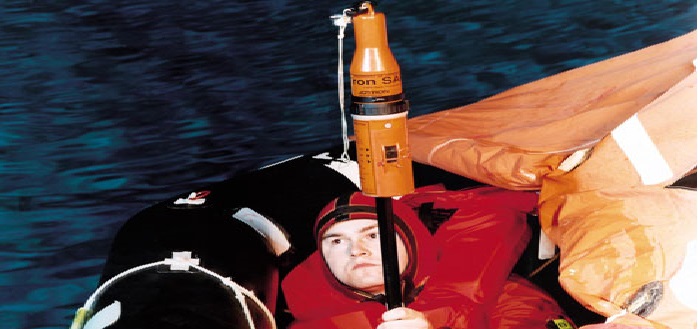Requirement for SART as per IMO:
- Capable of being easily activated by unskilled personnel.
- Fitted with means to prevent inadvertent activation.
- Equipped with a means which is either visual or audible, or both visual and audible, to indicate correct operation;
- Capable of manual activation and deactivation; provision for automatic activation may be included;
- Capable of withstanding without damage drops from a height of 20 m into water;
- Should be watertight at a depth of 10 m for at least 5 min.
- Maintain water tightness when subjected to a thermal shock of 45°C under specified conditions of immersion;
- Capable of floating (not necessarily in an operating position) if it is not an integral part of the survival craft;
- Equipped with buoyant lanyard, suitable for use as a tether, if it is capable of floating.
- Should not be unduly affected by seawater or oil.
- Resistant to deterioration in prolonged exposure to sunlight.
- Should be of a highly visible yellow/orange colour on all surfaces where this will assist detection;
- Should have a smooth external construction to avoid damaging the survival craft.
- Should be provided with an arrangement to bring the SART antenna to a level of at least 1 metre above sea level, together with illustrated instructions.
- Should be capable of transmitting with a reporting interval of 1 minute or less.
- Equipped with an internal position source and be capable of transmitting its current position in each message;
- Should be capable of being tested for all functionalities using specific test information.
- Should have sufficient battery capacity to operate for 96 h within a temperature range of -20°C to +55°C, and to provide for testing of the functions on the equipment.
- Should be so designed as to be able to operate under ambient temperatures of -20°C to +55°C. It should not be damaged in stowage throughout the temperature range of -30°C to +70°C.
Additionally, For AIS-SART:

